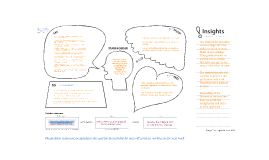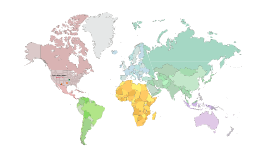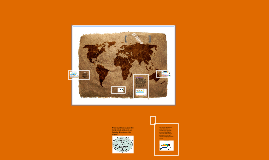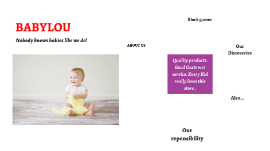Indonesia Map
Transcript: Primary Education In Indonesia education is centrally controlled by the ministry of national education. 6 years in primary school and 3 years in junior high school are compulsory. The primary phase follows on after optional pre-school playgroups that may commence in a child’s third year. Most elementary schools are government controlled. Some offer accelerated programs that compress the phase to 5 years. As Islamic education system operates in parallel to this. Middle Education Junior high school offers a bridge between the gentler pace of the elementary phase, and the challenges of senior high school that may follow. It also assists educators to determine a possible future direction for their students. The Islamic education system continues to provide an alternative. Secondary Education There are two different kinds of Indonesian high schools providing two streams of education for those who choose to optionally enroll. One of these is aimed at those who intend to go on to university. The other is for those who plan to find jobs right away. Other young people choose the Islamic alternative. Vocational Education Vocational training is mainly provided by private training colleges and initiatives by donor countries. Unfortunately this continues to occur mainly in the cities. This continues to condemn most of the rural poor to a life of drudgery and manual labor. Tertiary Education Indonesia Education there are 4 kinds of tertiary education institutions in Indonesia, namely polytechnics, academies, institutes and universities. Some of these are state controlled, some are religiously affiliated and some are privately funded. The oldest is the University of Indonesia founded in 1947. It enjoys a prestigious local reputation and was ranked among the top 50 in Asia in May 2011. Traditionally, Indonesian families were large, because more children were believed to bring more blessings. However, in the 1970s and 1980s, overpopulation was an issue. With this, they started campaigns to spread ideas that families should have two kids. With this, it is now average to have two kids per family. A family usually consists of a mother, father and her children, though grandparents can stay in the household as well. When they do this, they are strong authority figures and give advice to their children and grand children. It is also common for an elderly parent to move in with their grown children when they can no longer take care of themselves. The parents main goal is to raise children that are respectful, polite, and religious children. It is important for families to send their children through a proper education, though if that is tough, in some areas the boys will be prioritized over the girls. Once they marry, parents most of the time do not contribute to their children's financials. The father is almost always the head of the family. It is common for the mother to do housework, care for her children, and help with some of the decisions for the child. It is very important for a girl to know how to cook, so they learn and prepare meals for their family often. Soccer is the country's most popular sport, with soccer fields being plentiful. Also, many Indonesians are involved in badminton. Basketball is gaining popularity, as well as volleyball, cycling, martial arts, and tennis. 'Gamelan' is the traditional music from Central- and East Java and Bali. Another popular style of music is 'Dangdut' which is listened to while free style dancing. Other forms of music include the Keroncong,the Sasando music from West Timor and Degung and Angklung from West Java, which is played with bamboo instruments. It is a very common activity to watch television. Along with this, many children are enrolled in dance classes. Large numbers of people enjoy playing chess, socializing, and flying kites, as well. Balinese paintings are very popular throughout Indonesia. Also, statues are a long standing traditional artwork, that is valued both during and long after it is created. Similar to girls, boys are commonly encouraged and enrolled in higher education, such as university. In urban ares, Indonesian men usually marry between after they have secured a job to marry, so that they are able to support a family. In rural areas, they usually marry between the ages of fifteen and twenty. After they receive a job, the average salary of an Indonesian is 315,517,638 IDR or US $14,203. The men in a family usually provide for their families where the women watch over the children, and do the housework. After high school, it is common for parents to encourage their children to move on to university. Also, they usually marry. In rural areas, arranged marriages are very common. Most of the time, Indonesians marry between the ages of 15 and 20. After marriage, the women many times has kids, and watches over them and does housework while her husband works. Ethnic/Racial Groups Population (in thousands) 246864.2 Literacy Rate 98.8% Secondary Education Enrollment

















